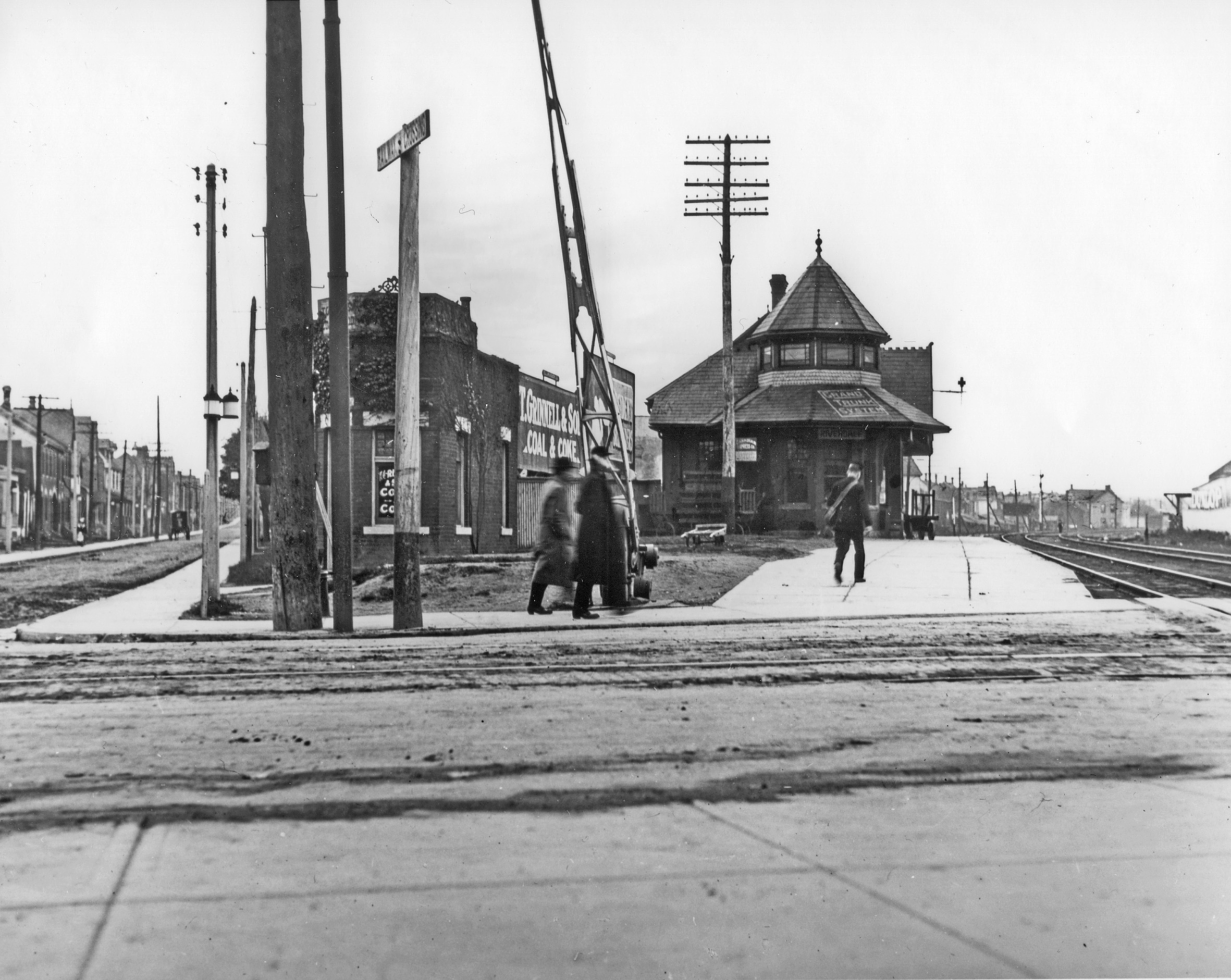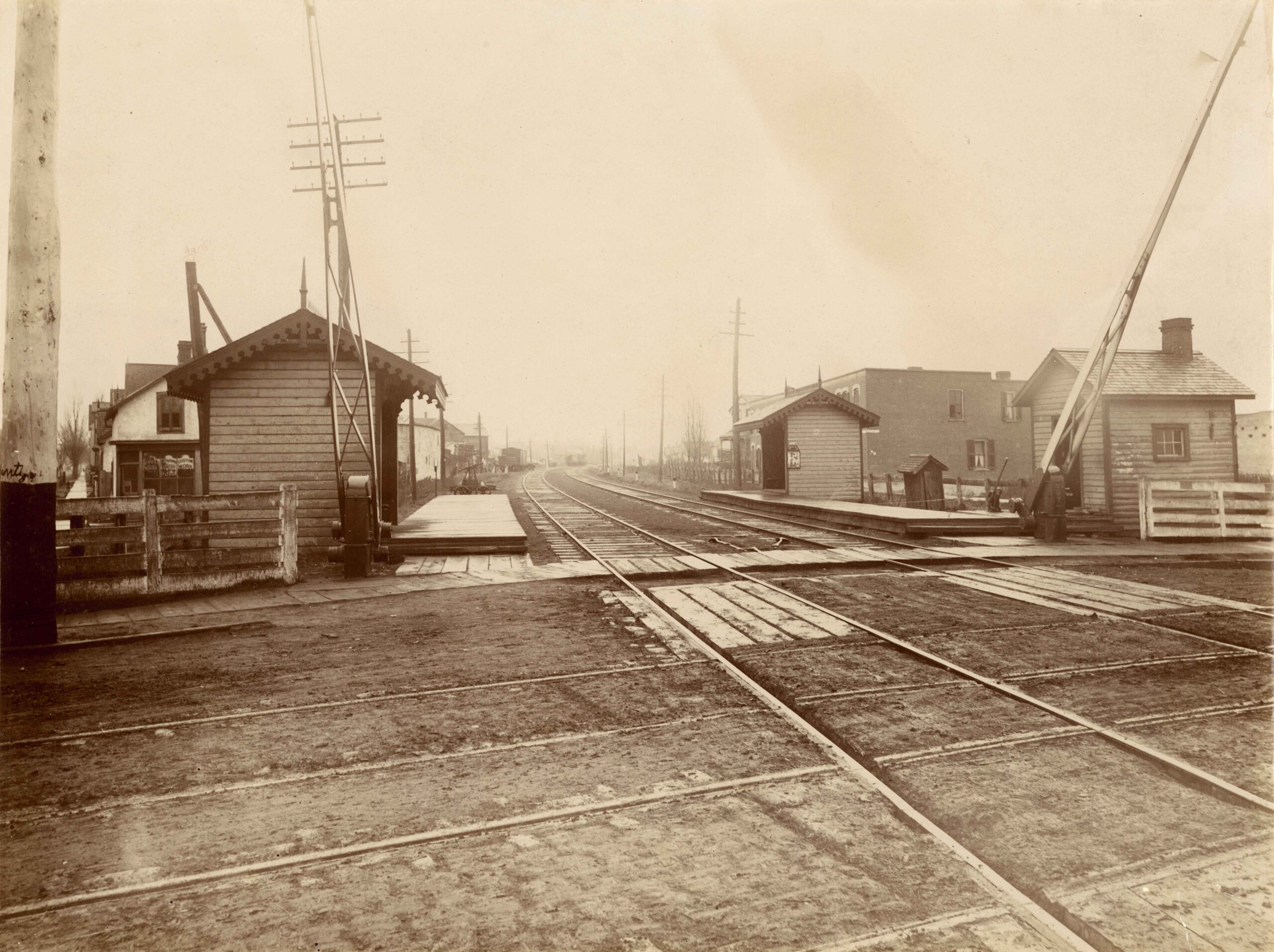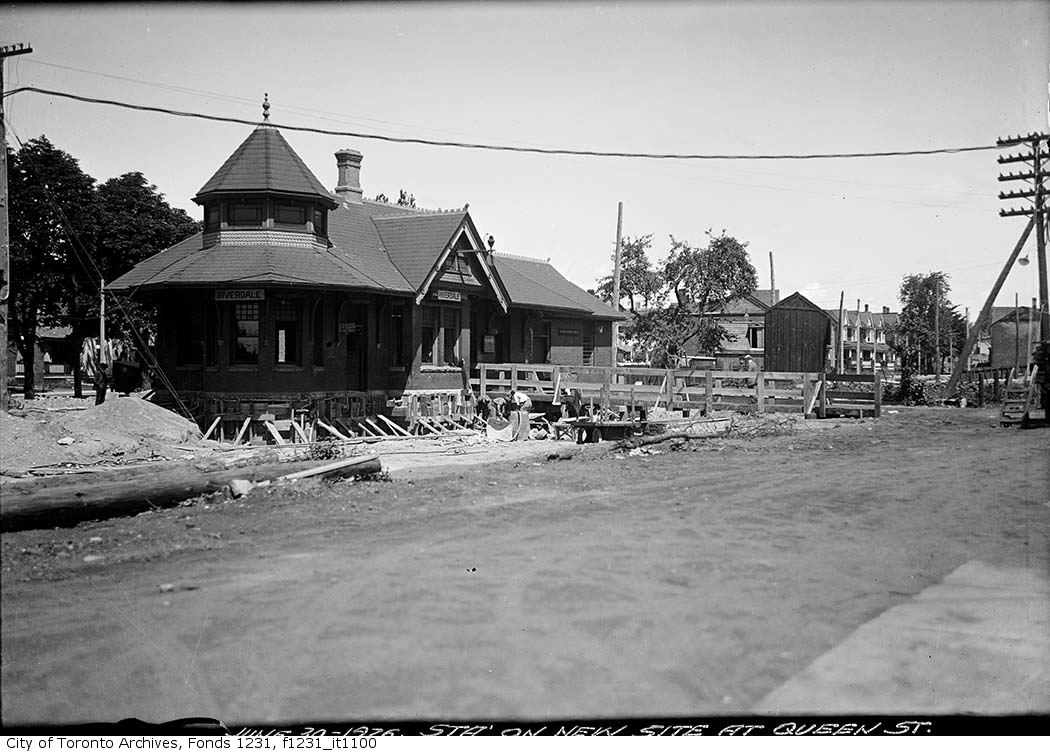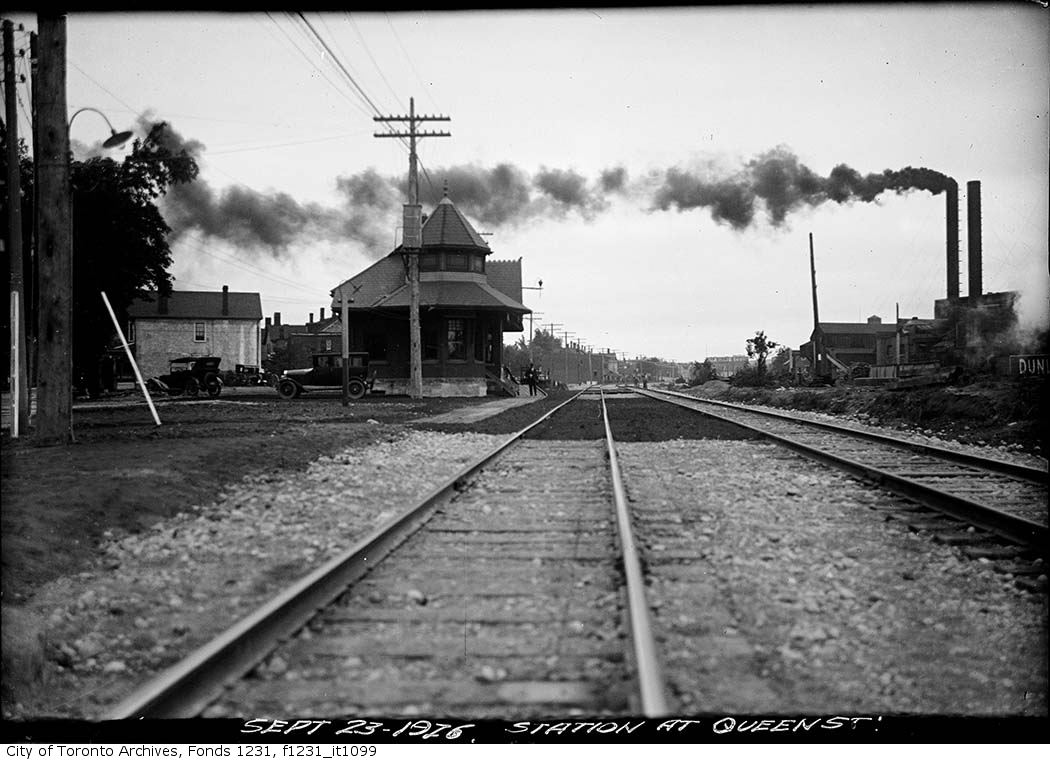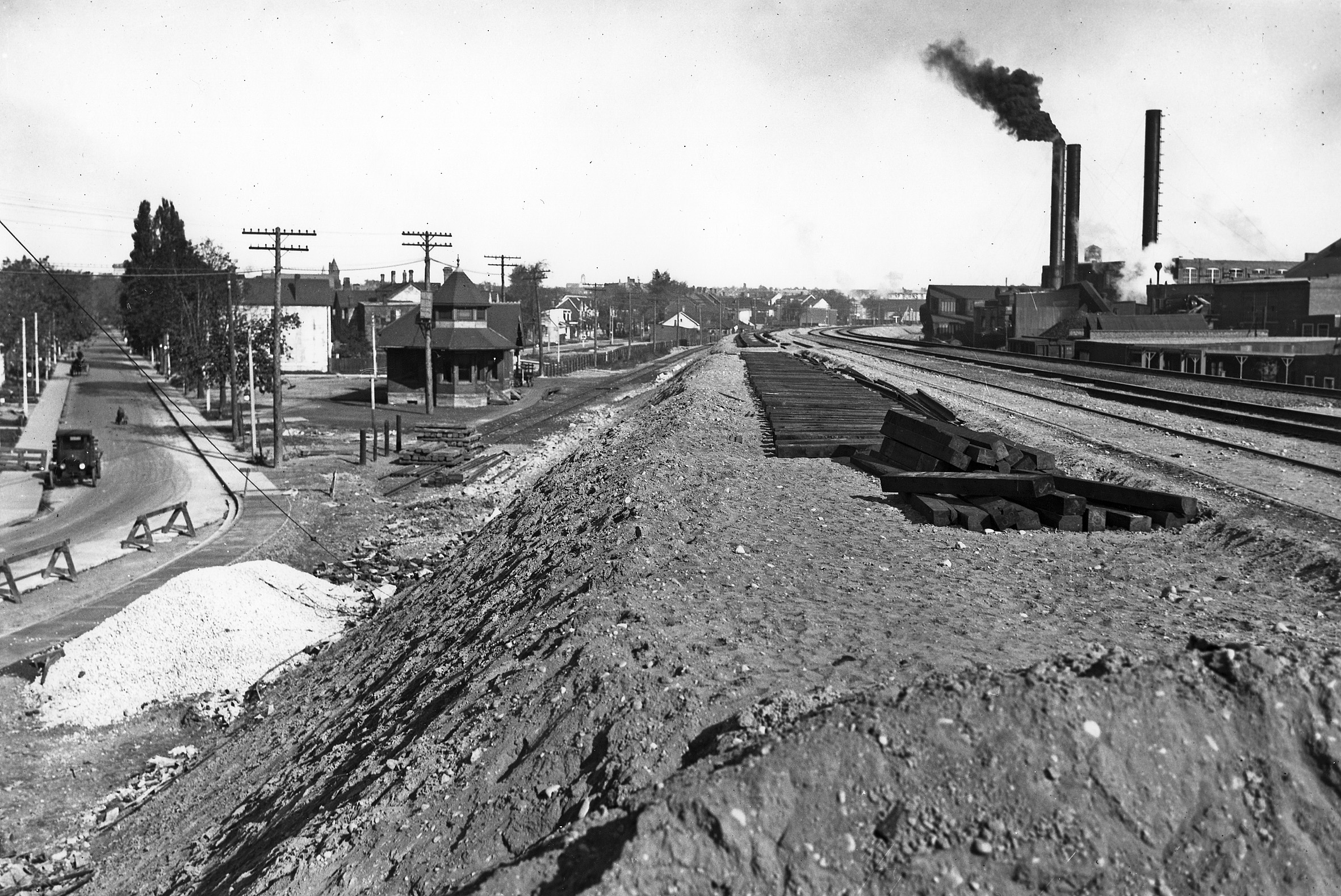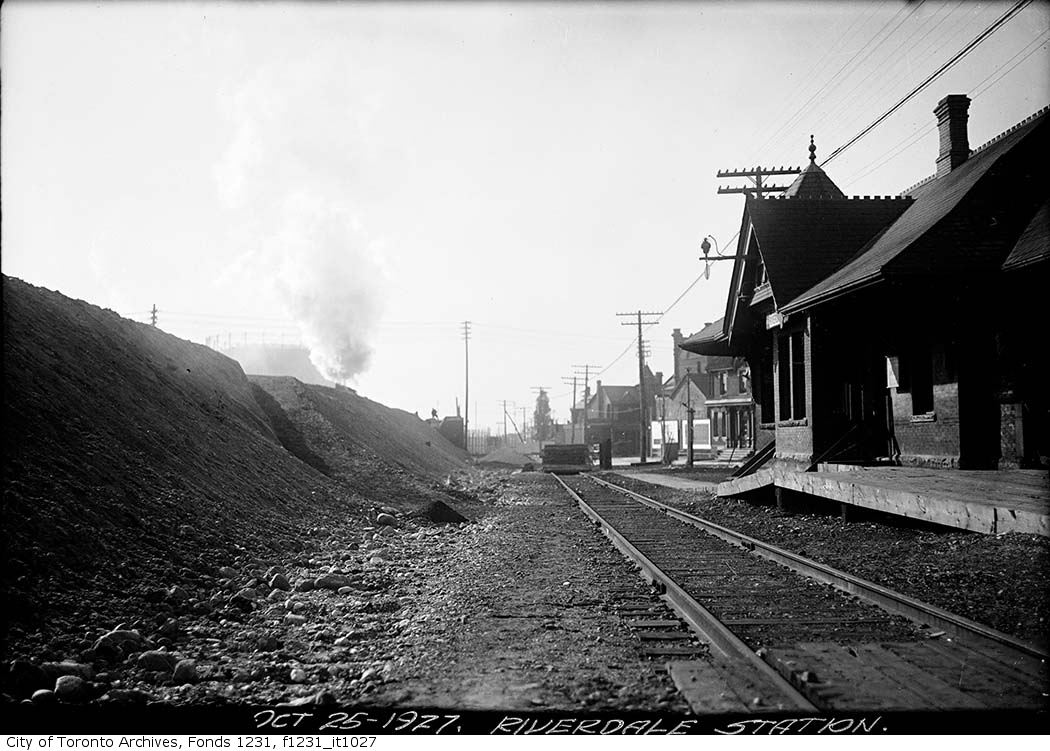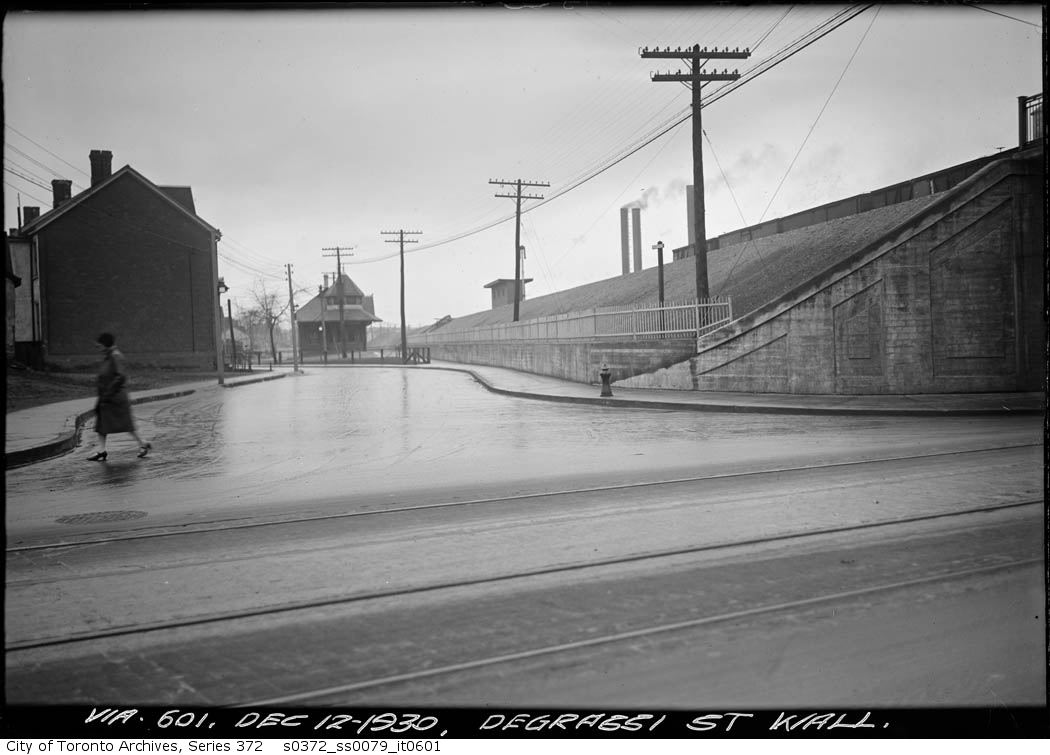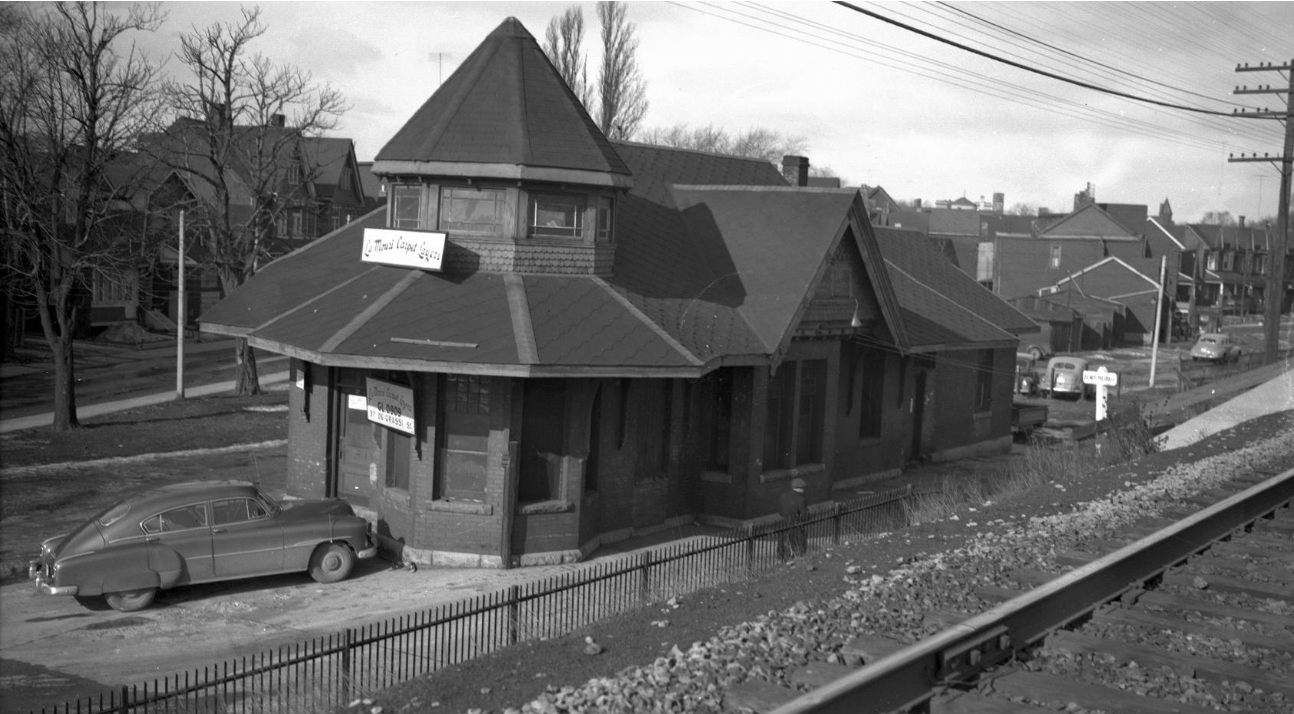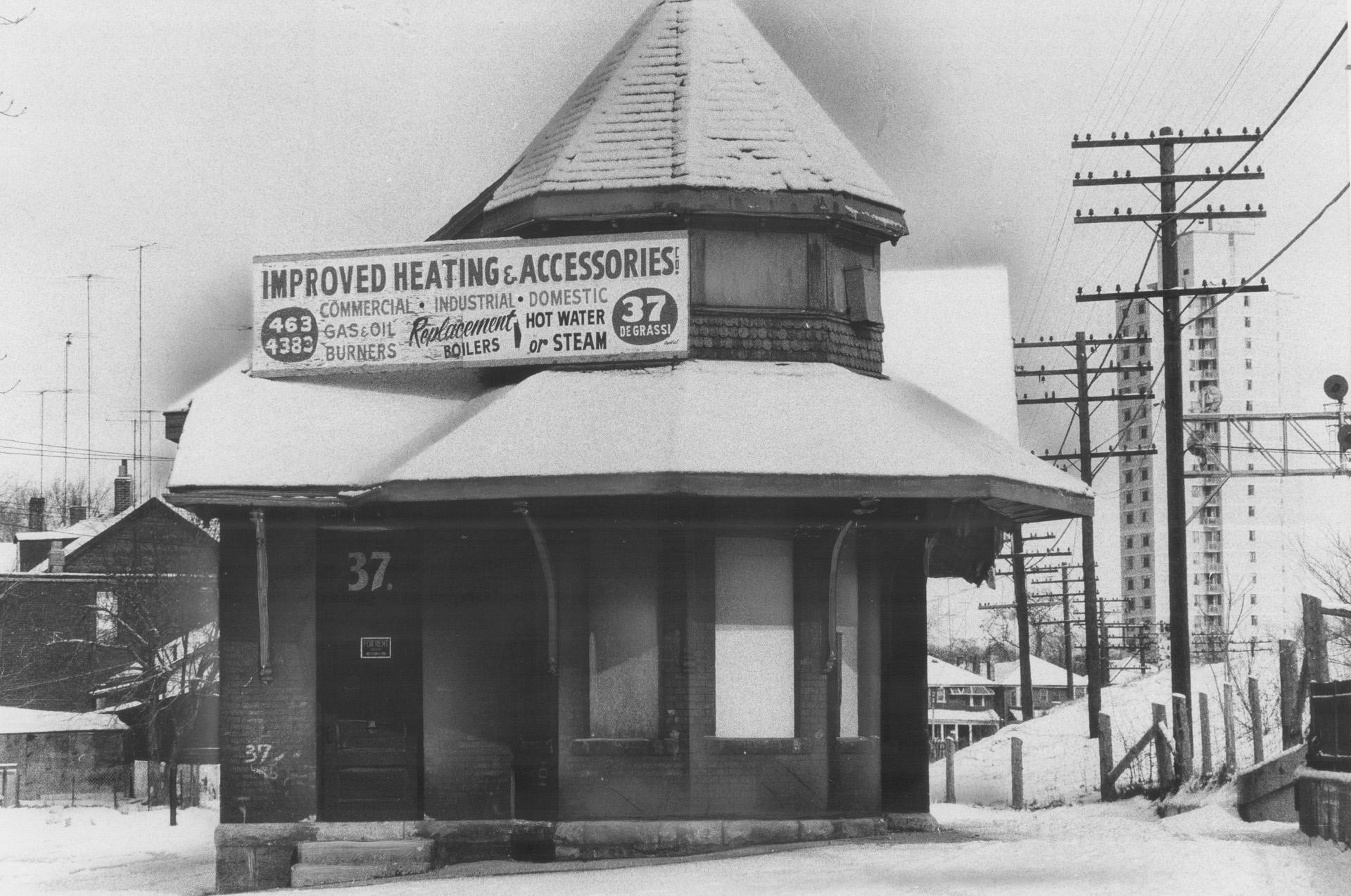Summary
The Grand Trunk Railway first opened between Toronto and Montreal in October 1856, but Toronto’s east end communities of Riverdale and Leslieville were too small to justify their own passenger station at the time. The area between Toronto and Scarborough remained devoid of passenger facilities for the next three decades until the Kingston Road Tramway and Toronto Street Railway helped turn these communities into streetcar suburbs of Toronto. On February 17th, 1881, Grand Trunk president Joseph Hickson announced his company’s plans to double track their entire mainline between Toronto and Montreal. Among the first sections to see progress on this front was between Toronto and Danforth, where a second track was laid on December 17th, 1883. New locomotive facilities that were opened at Danforth around the same time enabled the Grand Trunk’s first proper commuter service in Toronto, running between Danforth and Weston via Union Station starting on May 2nd, 1887. Dedicated commuter stops were established at several locations on this route, including one called “Leslieville” at Queen Street and Degrassi. It consisted of wooden platforms next to both tracks and a small passenger shelter for each one. The shelters offered basic amenities but featured ornate wooden pinnacles and decorative roof edges in their architecture, representative of design trends at the time.
As Toronto’s east end grew in population the tiny passenger shelters at Queen Street quickly became inadequate. A proper station was built in the same location on the west side of the tracks, first opening to passengers on January 1st, 1896. The exterior walls were made from brick with a stone base, far sturdier than the previous passenger shelters. A heptagon-shaped turret protruded from the roof at the south end of the building, along with a gable above the window of the station agent’s office. The new station was originally called Queen Street East but its name was changed to Riverdale in 1907. As negotiations about a new Union Station in downtown were ramping up, much of the discussion was centered around separating the grade of the tracks from its surrounding roads for safety. The need for such changes became even more apparent when a streetcar travelling along Queen Street collided with a freight train in front of Riverdale Station in 1904, though the railways and the city would deliberate on this issue for several more years. A large grade separation project commenced with the construction of the current Union Station, though work through the Riverdale area did not begin until after the Grand Trunk was nationalized and merged into Canadian National in 1923. A couple of years later in 1925, a total of 29 trains were stopping at Riverdale on a daily basis.
Plans were drawn up by CN for a new station at Riverdale to coincide with the grade separation, described as “state-of-the-art” by news outlets at the time. These plans were never realized and instead the old station was relocated a short distance to the north to accommodate the new rail corridor. The mainline was widened from two tracks to four as part of the work that was conducted, and a new station platform was placed in the middle of the corridor. Passengers would walk from the station building through a tunnel from which a staircase would bring them up to track level. While construction was still ongoing in 1929, the Great Depression began and contributed to a significant decline in passenger ridership by the time of the station’s reopening the following year in 1930. In just two years the station was closed to passengers but the property remained under CN ownership. It was rented out as a commercial property and occupied by numerous tenants over the years. A Toronto Star article from 1972 advertised the space as vacant and available to rent, requiring a five-year lease. Evidently this arrangement wasn’t successful for much longer as the station was torn down just two years later in 1974. The space has since been readapted into Bruce Mackey Park, but the concrete station platform from 1930 still exists albeit in a derelict and overgrown state.
The proposed East Harbour Transit Hub, a future GO Transit/Ontario Line station to be built under the SmartTrack Stations Program, will be located approximately a half kilometre south of where the Leslieville commuter stop and Riverdale Station used to be. Upon its expected opening in 2026, the East Harbour GO Station will return direct passenger rail service to this part of the city for the first time in 94 years.
Condensed Station Info:
| Location: | Served By: | Current State: | Date Built: | Date Demolished: |
| Queen Street and Degrassi Street | Grand Trunk (1887 – 1923) Canadian National (1923 – 1932) | Demolished | 1887 (First) 1896 (Second) | 1896 (First) 1974 (Second) |


